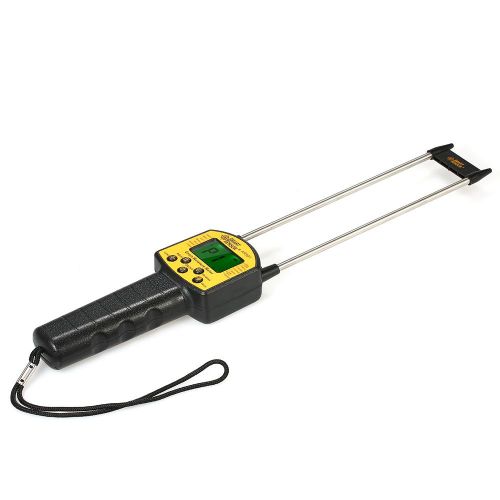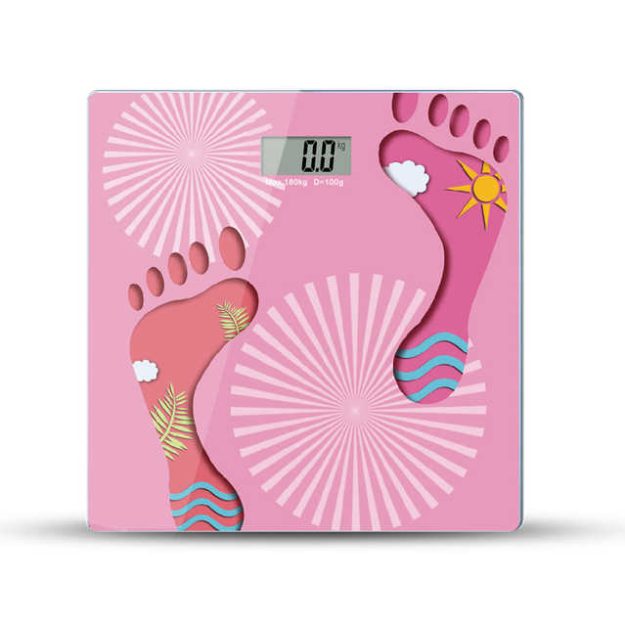Testing for moisture using a moisture meter is essential in many industries, including agriculture, construction, and food processing. With Uganda’s varying climatic conditions, ensuring accurate moisture levels in grains, soil, wood, or other materials can prevent losses and improve quality. This guide provides a step-by-step explanation of how to use a moisture meter and highlights the benefits of using Eagle Weighing Systems’ advanced moisture meters.


What Is a Moisture Meter?
A moisture meter is a device that measures the water content in materials. It provides precise readings to help determine whether the moisture levels are within acceptable ranges.
Types of Moisture Meters Available in Uganda
Eagle Weighing Systems offers a variety of moisture meters tailored for specific needs:
- Pin-Type Moisture Meters: Measure moisture by inserting pins into the material.
- Pinless Moisture Meters: Use electromagnetic signals to detect moisture without penetrating the material.
- Soil Moisture Meters: Designed specifically for agricultural applications.
- Grain Moisture Meters: Ideal for measuring moisture content in cereals like maize, rice, and wheat.
For detailed product specifications, visit our website.
Step-by-Step Guide to Testing Moisture
Step 1: Choose the Right Moisture Meter
Select a moisture meter that suits your specific application. For instance:
- Use a grain moisture meter for maize or rice.
- Opt for a soil moisture meter for agricultural purposes.
- Use a pin-type meter for wood or construction materials.
Eagle Weighing Systems provides various models to suit your needs.
Step 2: Prepare the Material for Testing
Ensure the material is clean and free from external water sources like rain or dew.
- Grains: Remove debris and ensure uniformity in samples.
- Soil: Mix the soil sample thoroughly to get consistent readings.
- Wood: Wipe off surface moisture.
Step 3: Calibrate the Moisture Meter
Most moisture meters require calibration before use. Follow these steps:
- Turn on the device.
- Select the material type on the meter (e.g., grain, soil, or wood).
- Adjust settings based on the manufacturer’s instructions.
Eagle Weighing Systems’ moisture meters come with user-friendly calibration guides.
Step 4: Insert the Moisture Meter
- Pin-Type Meters: Insert the pins into the material to the required depth.
- Pinless Meters: Place the meter flat on the material’s surface.
- Grain Meters: Place a sample of grains into the testing compartment.
Step 5: Read the Results
The moisture meter will display the moisture content as a percentage. Compare the reading to the normal moisture range for the material:
- Grains: 10%–14% for safe storage.
- Soil: Varies between 10%–30%, depending on the crop.
- Wood: Ideal range is 6%–12%.
Step 6: Interpret and Act on the Results
- If moisture levels are too high, consider drying the material.
- If levels are too low, add moisture (e.g., irrigation for soil).
Benefits of Using a Moisture Meter
- Precision: Provides accurate readings, preventing guesswork.
- Time Efficiency: Quick measurements save time.
- Cost Savings: Prevents losses due to spoilage or structural failures.
Why Choose Eagle Weighing Systems for Moisture Meters in Uganda?
- Wide Range of Options: Pin-type, pinless, soil, and grain moisture meters available.
- Accuracy and Reliability: Advanced technology ensures precise results.
- Affordable Prices: Models starting at UGX 500,000.
- Expert Support: Get professional advice and after-sales service.
Explore our selection on Facebook, Twitter, and YouTube.
Applications of Moisture Meters in Uganda
- Agriculture: Ensuring proper storage moisture levels for crops like maize and rice.
- Construction: Verifying moisture in materials like concrete and wood.
- Food Processing: Maintaining quality in flour, spices, and other processed foods.
Maintenance Tips for Moisture Meters
- Store in a dry and safe place to prevent damage.
- Clean the sensor or pins after each use.
- Regularly calibrate to maintain accuracy.
Conclusion
Testing for moisture using a moisture meter is straightforward and crucial for various industries in Uganda. With accurate readings, you can ensure quality, safety, and efficiency.
For the best moisture meters in Uganda, trust Eagle Weighing Systems. Visit our dedicated website and follow us on Facebook, Twitter, and YouTube for updates and expert advic








